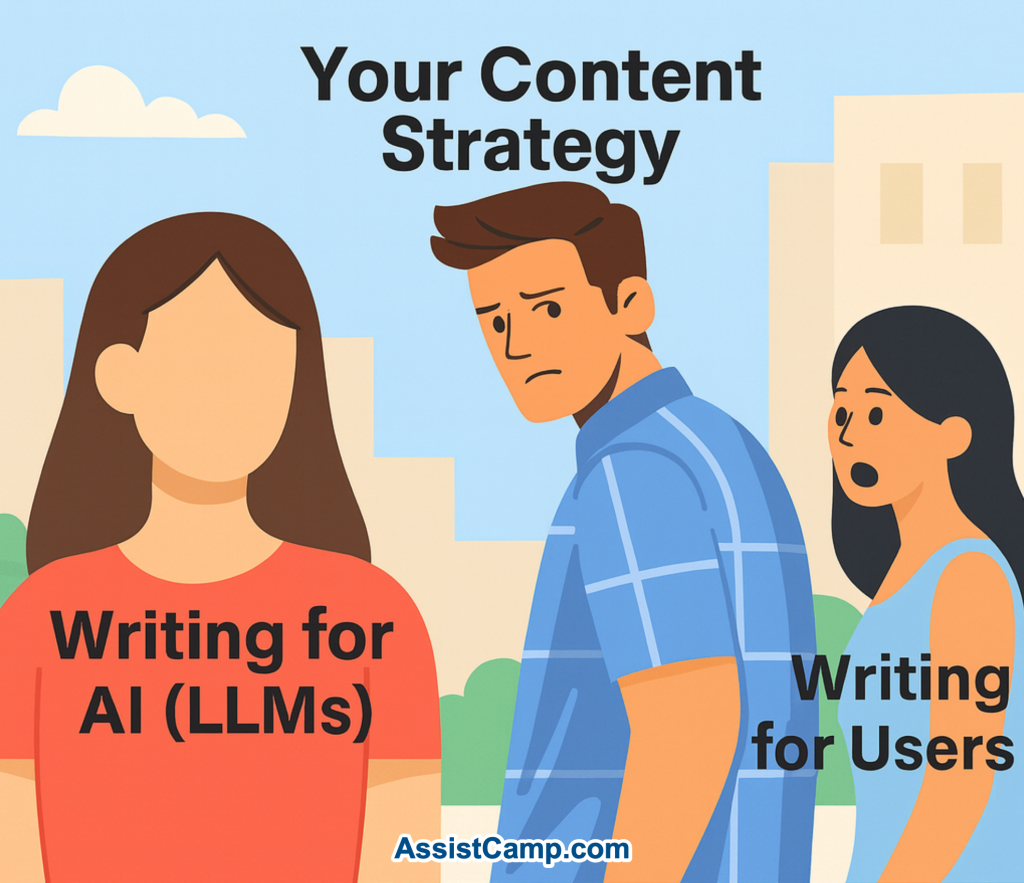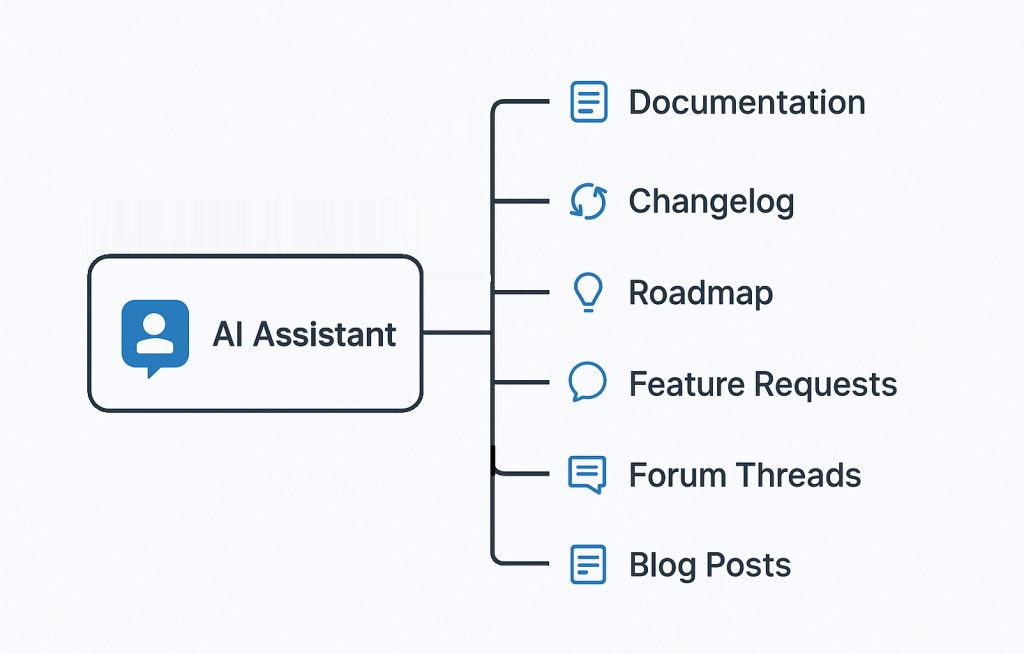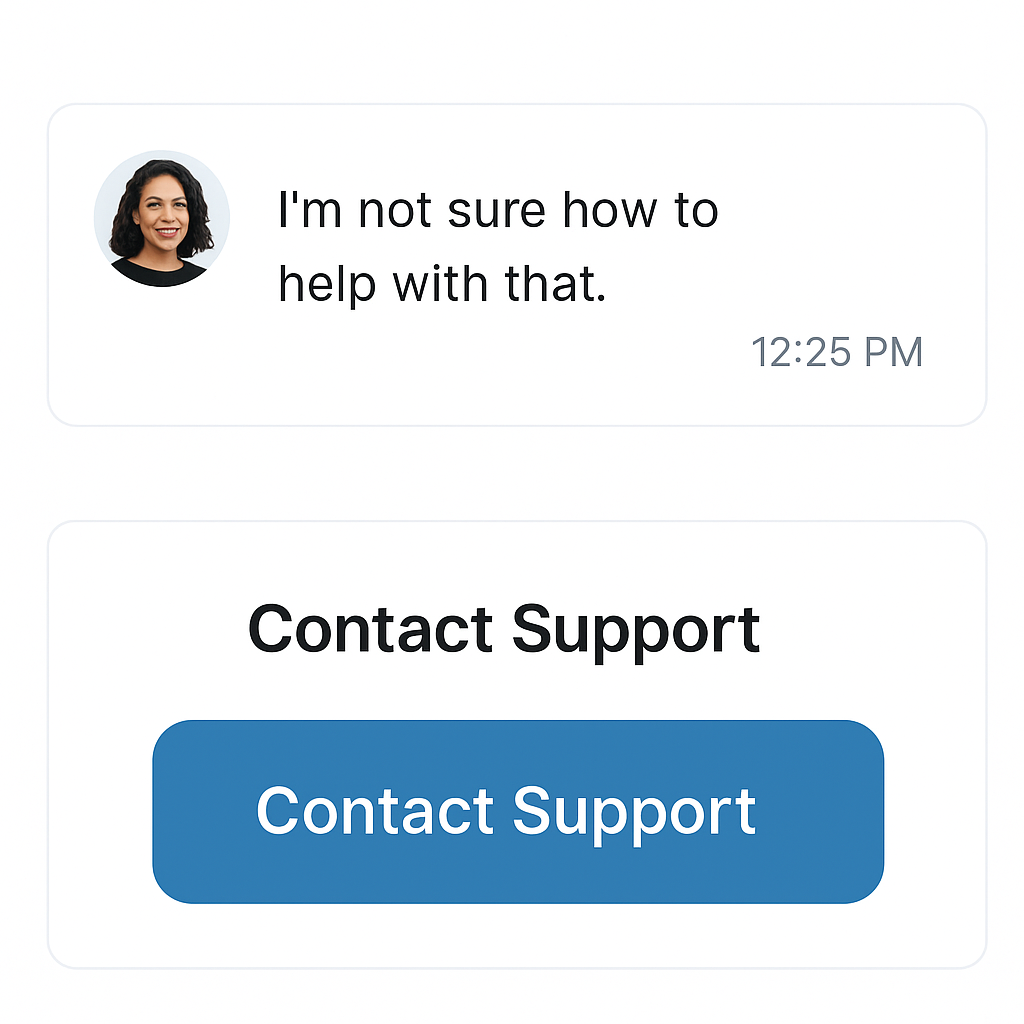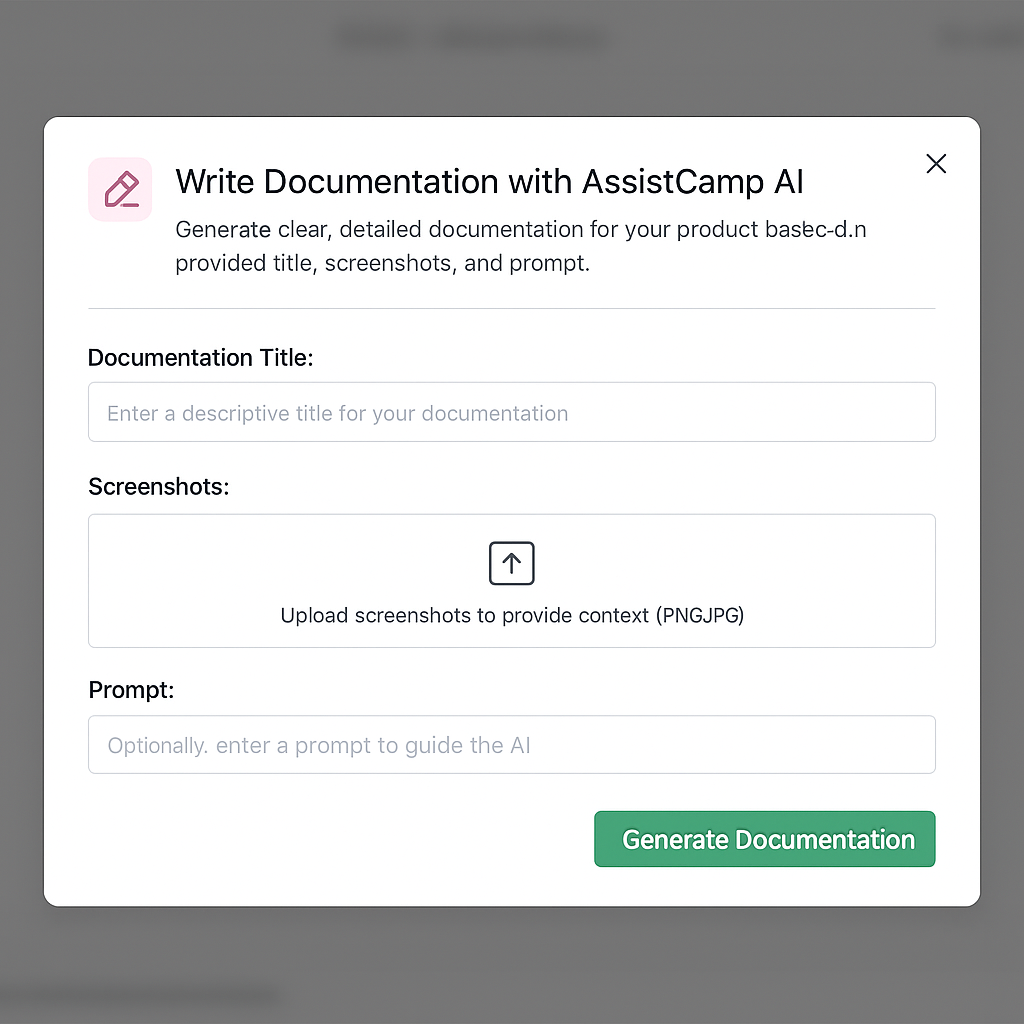In the past, documentation was written for users only. That meant just enough detail to reduce support tickets and improve onboarding — not always a deep dive into every feature or use case.
Now, things have changed.
With the rise of LLMs like ChatGPT, documentation is no longer just for human users. It’s also for AI and that changes everything.
LLMs Are the New Front Door to Your Product
Large Language Models (LLMs) like ChatGPT, Claude, and Gemini are rapidly becoming a new interface for the web. People are no longer just searching Google or browsing your homepage – they’re asking AI directly:
How do I set up a pricing table in Plugin X?
Does Tool Y support image uploads?
What’s the best way to integrate Product Z with Stripe?
+
If your product documentation isn’t publicly available or if it’s too shallow, there’s a good chance the AI assistant won’t know the answer.
That’s a missed opportunity.
LLMs Learn From Public Content — Like Your Docs
Here’s how it works:
LLMs are trained (and often continuously fine-tuned) on publicly available content — blogs, forums, documentation, changelogs, and help articles.

If your docs are out there, well-structured, and rich in detail, the LLMs can “learn” about your product, its capabilities, and how it solves problems.
The result?
When someone asks about a feature your product offers, the AI is more likely to recommend your tool, even if the person asking has never visited your site.
Documentation is Now Marketing
This shift turns documentation from a support resource into a marketing asset.
Well-written docs can:
-
Educate your users
-
Reduce support tickets
-
Improve onboarding
-
AND now, help AI confidently suggest your product to potential users
That’s powerful.
Instead of spending thousands on paid ads, you could be helping LLMs promote your product organically — simply by having great documentation.
But It Has to Be Public and Useful
For this to work, your documentation must be:
-
Publicly accessible (no login walls)
-
Clear and structured
-
Feature-rich and up to date
-
Written in plain English, not vague or overly technical
Bonus points if you have:
- A changelog
- A roadmap
- FAQs
- Use case examples
- Troubleshooting guides
The more AI can pull from, the better it can represent you.
AI-Powered Tools Rely on Good Docs
Even beyond ChatGPT, we’re seeing a wave of tools – AI assistants, website bots, browser extensions, and helpdesk agents — that use your documentation to provide smart answers to users. If you’re not writing documentation now, these tools won’t be able to assist your users effectively.
You’re not just writing for humans anymore, you’re writing for AI that helps humans.

Final Thoughts: Don’t Wait
If you’ve been putting off writing documentation because “we’ll do it later,” now is the time to rethink that. With the rise of LLMs, documentation is more valuable than ever before.
It’s not just about helping people who are already using your product.
It’s about helping AI introduce your product to the people who need it.
Publish more. Document everything. And do it now.




